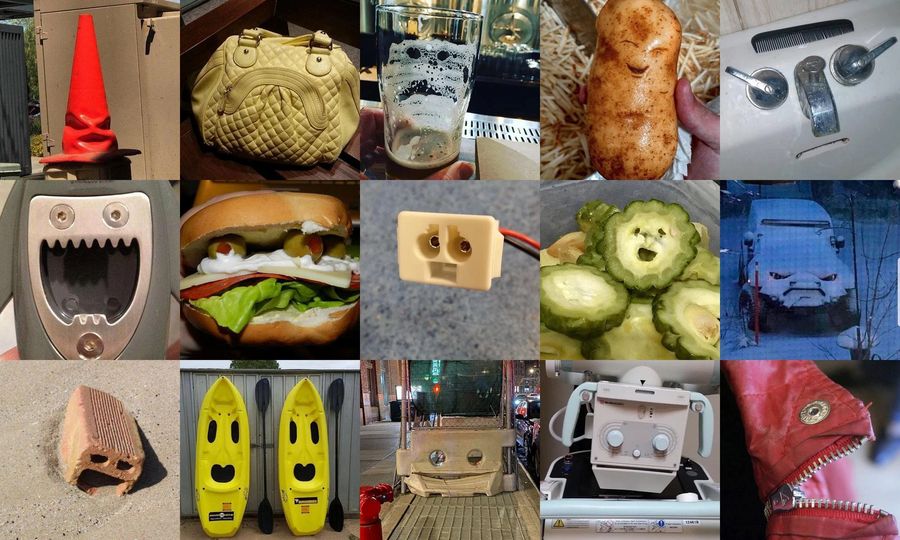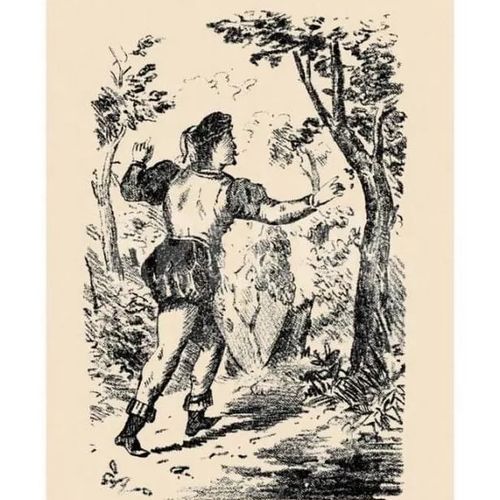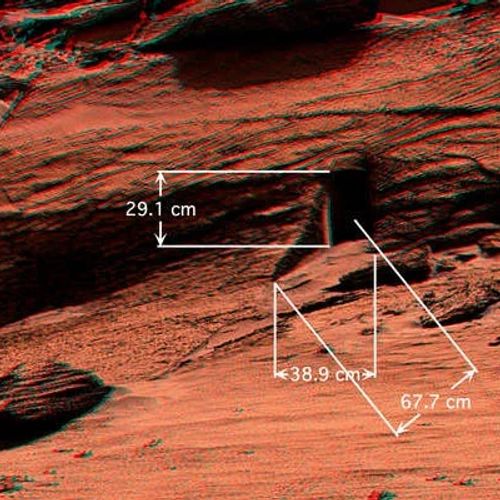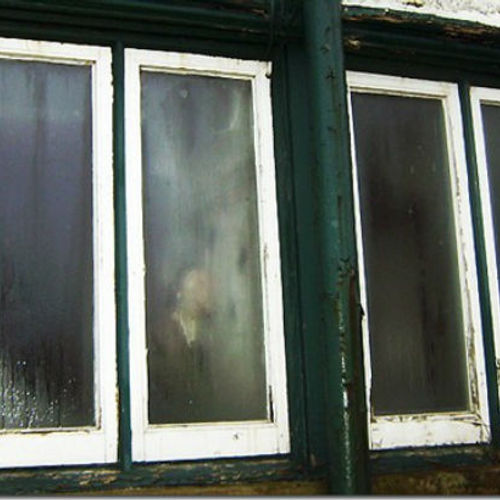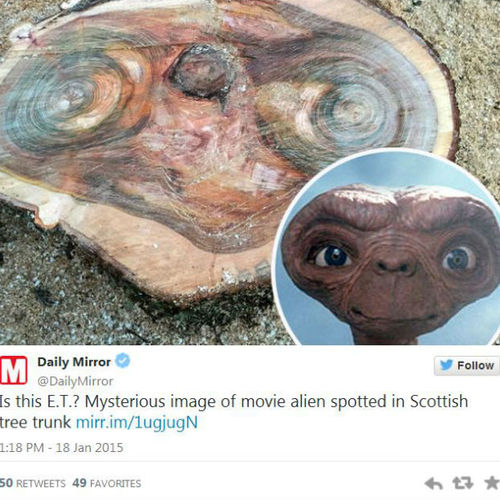
| Added | Wed, 02/02/2022 |
| Источники | |
| Дата публикации | Wed, 02/02/2022
|
| Версии |
Sometimes it's funny when your eyes play with you and you see a face that isn't really there, looking at you from an outlet or a potato. This phenomenon is called facial pareidolia, and it is characteristic of humans and even chimpanzees.
But it seems that facial features are not the only thing we see when we encounter an illusory face. A new study has shown that we also see age, emotions and gender - and, oddly enough, the vast majority of these funny faces are perceived as male.
"The aim of our study was to understand whether examples of facial pareidolia carry the social signals that faces usually convey, such as facial expression and biological gender," says one of the researchers, psychology researcher Jessica Taubert from the University of Queensland.
"Our results showed a striking shift in the perception of gender: many more illusory faces were perceived as male than female."
The researchers recruited 3,815 participants for an online experiment, asking them to look at more than 200 photos of illusory faces that the team took from the Internet, as well as from their personal collections (because, of course, scientists studying such things have personal collections).
Participants were asked to rate the images on a 10-point scale, how easily they could see the face, and also indicate what emotion they saw on the face, the age range of the face and the gender of the face - "male", "female" or "neutral".
The subjects saw mostly young faces in the photographs, perceiving them either as children or as young adults.
Emotions, on the other hand, were very diverse: 34 percent of the images were perceived as happy, 19 percent as surprised, 19 percent as neutral and 14 percent as angry. Fewer faces were perceived as sadness, fear, or disgust.
But what really caught the attention of the researchers was that the perceived gender of these individuals strongly deviated towards the male.
"The magnitude of this gender difference was significant: 90 percent of the illusory facial images had an average male rating, and only 9 percent of the images had an average female rating," the group writes in their new paper.
Such perception biases are quite common. They occur when our brain creates shortcuts to try to understand what we see. Usually we use these abbreviations quite well to correctly perceive objects, but sometimes - for example, when we see faces that are not really there - we make mistakes.
We know that when we see faces in objects, this illusion is processed by those parts of the human brain that are designed to process real faces, so theoretically the pareidolia of faces "deceives the brain," says Taubert.
"We now have evidence that these illusory stimuli are processed by the brain in areas involved in social perception and cognition, so we can use facial pareidolia to identify these specific areas."
But what is the reason for the perception bias that makes illusory faces seem male and not female?
The researchers delved into the search for an answer. They conducted additional experiments analyzing whether this bias could be caused by semantic associations of gender due to the fact that the names of objects or the objects themselves visually look masculine.
They also tested the images again, but in grayscale, to find out if the colors could influence gender inequality. None of these factors could explain what the researchers saw.
In addition, the team created morphs of human faces, unambiguous by gender, to check whether participants often answer "male" when they are not sure of their gender. The facial morphs showed a slight bias towards women, which also rules out this hypothesis.
Finally, they turned to computational modeling to try to determine whether certain features - for example, angular rather than curved faces - could be the cause of gender bias. But the team found that while visual features can explain some of the differences, they can't explain all the biases.
This means that we are still not sure what is causing the perception bias, but researchers are making some assumptions.
"One of the possibilities is that it has a conceptual or linguistic origin, since the male gender is used by default in social communication. According to this version, the perception of an illusory face in an object causes the concept of "face", which, in turn, causes the concept of "man", if additional information does not indicate the opposite," the researchers write in their work.
"A related idea is that a man is the default gender of the face, unless other visual details (e.g. eyelashes, long hair, trimmed eyebrows) indicate otherwise... Regardless of the origin of the male predisposition to facial pareidolia, its existence raises interesting questions about how social norms can interact with visual perception."
The team is looking for other examples of facial pareidolia, and they can be contacted by email here.
The study was published in the journal PNAS.
Новости со схожими версиями
Log in or register to post comments



